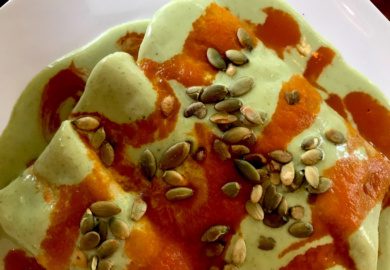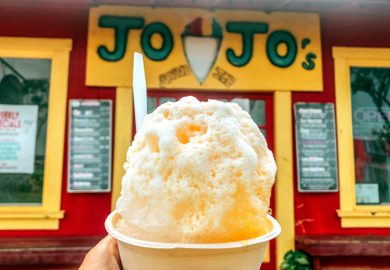
Egyptian Food: Coptic Easter and Sham El Nessim
While I’m not religious myself, I have a great appreciation for all traditions and religious practices around the world, especially when they involve food. 😉 And since food and tradition are virtually inseparable, more often than not they do.
With 250 churches across the USA, an important cathedral in the UK, and a fast growing following in many other locations worldwide, it is likely that the Coptic Church is present in your community. It’s a fascinating ancient faith that boasts a very turbulent history, rich heritage and a remarkable present-day culture worthy of recognition.
Coptic Church
The Coptic Orthodox Church, founded in Egypt by apostle Mark, split away from the broader Christian family in 451 A.D., in part due to differing beliefs about the nature of Christ. They comprise the largest non-Muslim minority in the Middle East. In Egypt, Copts make up the majority of the country’s roughly 10-15 million Christians (depending on source), and there are an estimated million more members worldwide. They have their own very beautiful Coptic language (including an alphabet that stems from ancient Egyptian hieroglyphs) and their own pope (the current holder of this position is Pope Tawadros II selected as the 118th pope in 2012).
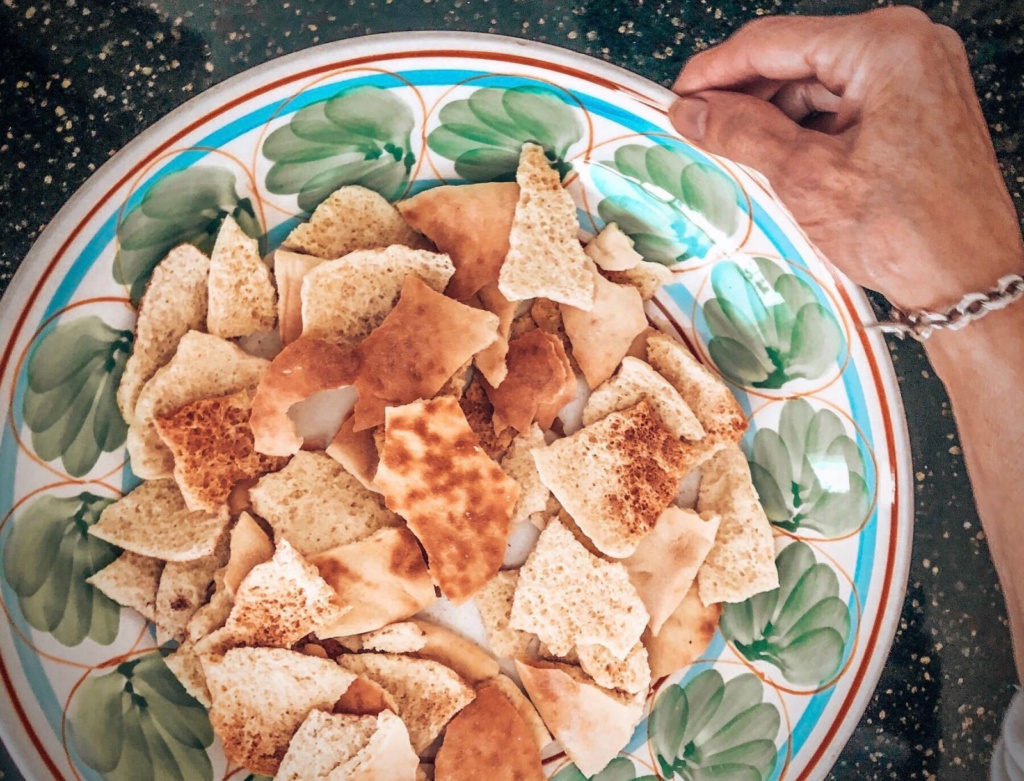
Coptic Christians (just like Greek and other Orthodox churches) adhere to a different calendar – Julian instead of Gregorian – which results in Easter and Christmas being celebrated on dates different than the rest of the Christian world. Coptic Easter, which falls on the Sunday following the full moon that comes after the vernal equinox (March 21), is one of the two most important holy days for Egyptian Christians, the other being Coptic Christmas on Jan. 7.
By many cultural standards, it’s a demanding 2,000 year old faith. “While priests at Americanized churches might preach in English, post on Twitter, and reference American pop culture, they still oversee a flock with strict obligations: one that prays a three-hour Sunday-morning liturgy, goes to regular confession, fasts completely nine hours before Sunday communion, and keeps to a strict religious calendar that demands a vegan diet for nearly two-thirds of the year.”
Coptic Easter
Indeed, Copts fast a lot. More any other Christian denomination, with a total of 210 days in 365! This includes 40 days pre-Christmas and no fewer than 55 days pre-Easter (as well as almost every Wednesday and Friday throughout the year, Jonah, St. Mary, Apostles fasts and other periods). Coptic Easter marks the end of Lent, commonly known as the Great Fast, which essentially means going vegan. All animal products – including milk, cheese and butter – are prohibited. It also means that traditionally the Easter supper that follows the Lent is the most remarkable in Egyptian Coptic culture.
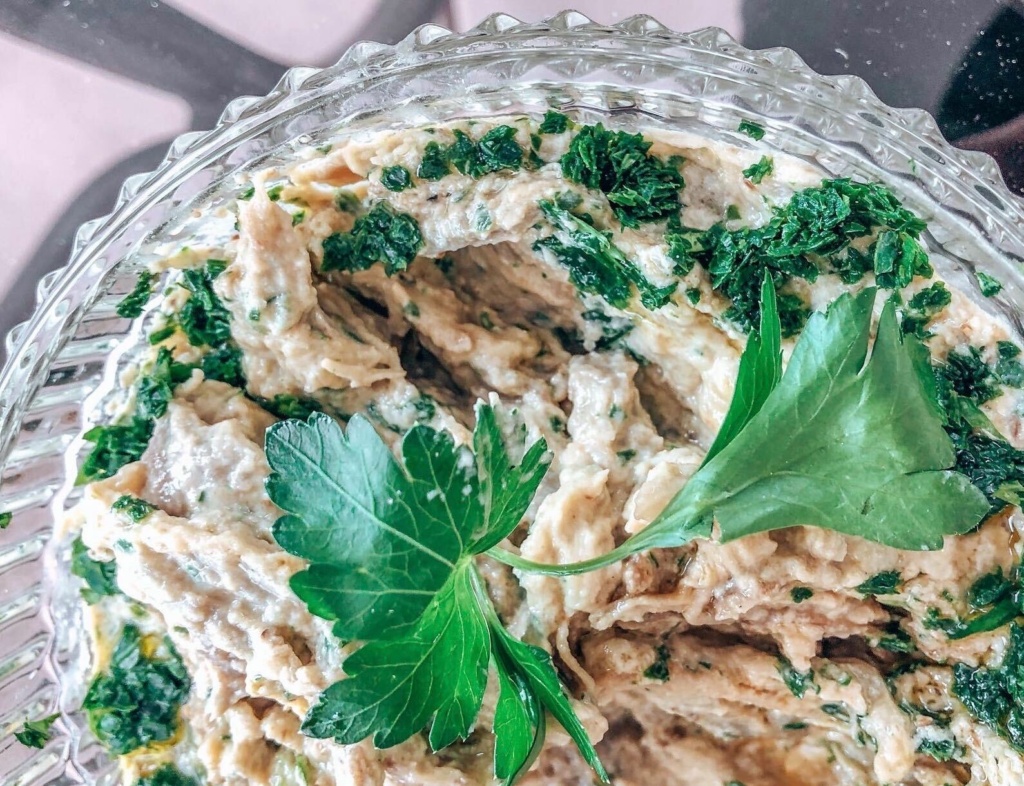
Holy Week, the lead up to Easter, is the final week of the Great Fast. It starts with Palm Sunday, seven days before Easter, which commemorates Jesus’ entry to Jerusalem, a week before his crucifixion (Good Friday). People gather, pray and perform religious ceremonies in churches, in addition to carrying palms to symbolize the ones that were sprinkled in front of the prophet, when he rode to Jerusalem.
On Easter eve or Holy Saturday Coptic Christians start their Easter Vigil, also known as The Great Vigil, which lasts until the dawn of Easter. It is preferable for those who can to fast completely – that is, abstain from food and drink – on Good Friday and Holy Saturday, and break the fast upon the end of Mass. The Easter Eve ceremony includes a symbolic reenactment of Christ’s ascension, also called the “resurrection play.” Then, at long last, it’s time to break the fast!
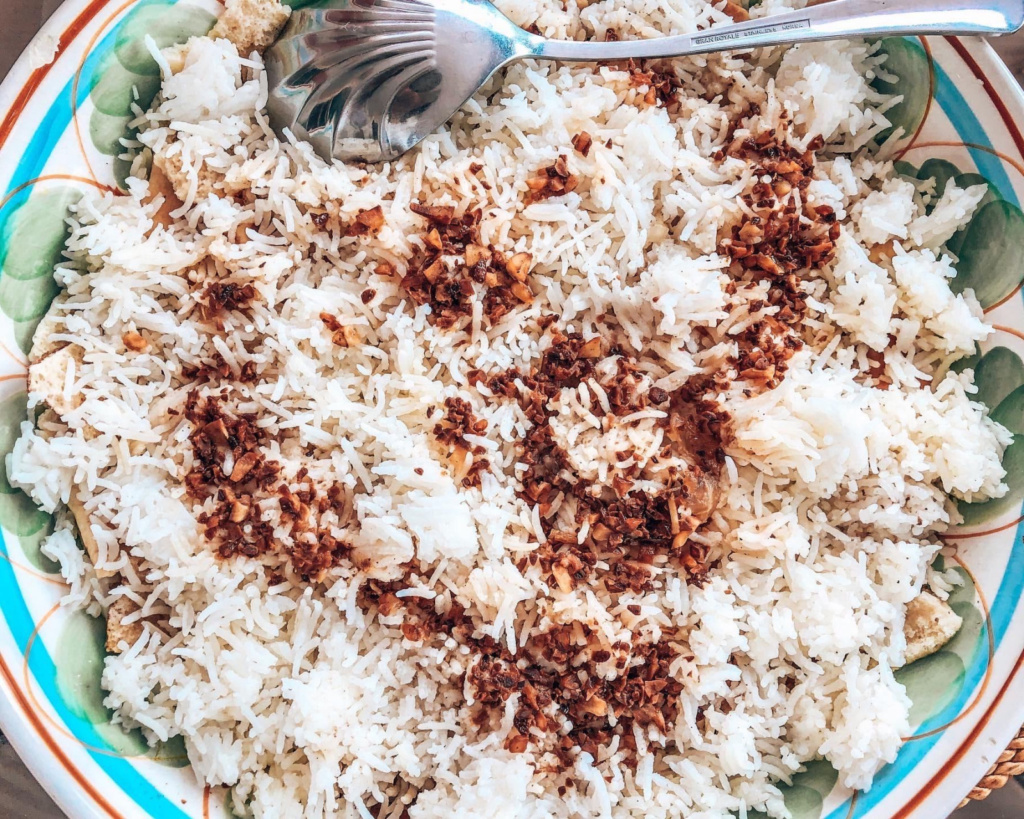
Easter Feast
Easter Sunday is known for the banquets that Coptic families prepare to break their fast. As you can imagine after 55 days going vegan (staples in that time include fava beans known as foul and falafel known as tameya), Easter feast includes lots of meat and sweet treats. Beef is roasted and cookies and biscuits are purchased or home-baked. That said, there are plenty of healthier meatless goodies to go around.
You’re likely to come across warak enab aka stuffed grape leaves and mashi – stuffed cabbage leaves or stuffed vegetables such as zucchini. As usual on an Egyptian table you can expect sumptuous vegan dips such as baba ganoush (roast eggplant) and of course the ubiquitous hummous. Then there are the oh-so-comforting eggs hard boiled and then lightly fried in batter for crispiness, known as beid mozalel or bard mezalel. I don’t eat eggs often and keep my ‘egg allowance’ for moments such as this, so worth it!

Aside from all the usual suspects, perhaps the most traditional Egyptian Easter dish, and the centrepiece on the table, is the delicious fattah (or fatteh). It’s a quintessentially Egyptian dish that dates back to the ancient times of the pharaohs and has been altered and refined over the last few thousands of years. It’s essentially rice with crispy pitta bread soaked in garlicky broth. That’s right – carbs on carbs, just like my beloved koshari.
The broth loaded with fried garlic is really like nothing else. You know it’s Coptic Easter when the unmistakable roast garlic aroma fills the house! As Coptic food travel blogger Chez Nermine writes, “each Egyptian family has its own secret ingredient for this festive dish.” Most versions call for meat chunks but Sue – my very considerate mother in law – left it out and served meat on the side. Shukran Sue!
Sham el Nessim
Easter Sunday in Egypt is followed by Spring Day, also known as Sham el Nessim, celebrated since around 3,000 BC. It’s a holiday for all Egyptians but has a special place in Coptic culture. As a matter of fact, the name is originally Coptic: “shoum in nissim,” meaning “the garden of crops.” Although Copts treat Spring Day as an extension of Easter, Spring Day is an ancient Egyptian (i.e. originally non-religious) festival that celebrated simply the beginning of spring.
In fact, back in the day Spring Day used to fall in the middle of the Great Fast, making Egyptians unable to enjoy the feast linked to the ancient holiday and the accompanying festivities they are supposed to abstain from during the fast. They therefore decided to celebrate Spring Day the day after Easter. Ever since, Spring Day has become the Monday following Easter Sunday. These days Egyptians from all faiths, Christians and Muslims alike, celebrate Sham el Nessim together by spending a family day out, eating salted fish and coloring eggs.
Just like the holiday itself, the coloring of eggs is ancient Egyptian, which back in the day referred to nothing more than abundant crops and fertility. In the Christian tradition however, eggs came to be associated with the rising of Christ from his tomb, and red became the preferred color for painting eggs to symbolize Christ’s blood, a tradition still followed by Copts.
Spring Day Foods
The biggest part of Sham el Nessim celebration is eating traditional foods, typically at a picnic in a park or on the beach. Several foods appear in almost every picnic basket yet nowadays there are many variations. Termis (lupin seeds), lettuce and green onions are some of the most common and each one serves its purpose. Green onions, for example, keep the evil eye away and prevent envy. In pharaonic times, onions were stuffed in the eyes of mummies and drawn on tomb walls. Or how about the humble lettuce – the pharaohs considered it as one of the holiest plants belonging to ‘’mMin’’ god of Reproduction.
The star of the show is fiseekh aka salted fish. It smells so strongly some believe that’s why Egyptians like to eat it outdoors 🙂 Salted fish symbolized fertility and abundance to the ancient Egyptians who were able to catch it easily when the waters receded from the Nile. Today the most common kind for pickling is mullet but it could be anything from sardines and herring to anchovies.
A more modern version is the somewhat more approachable…canned tuna. Indeed, every year there are some cases of Spring Day food poisoning from bad fish. Despite that, most fiseekh merchants assure that “we Egyptians are good at preserving. Our mummies are still here 4500 years later.” Can’t argue with that one. Happy Sham el Nessim!
Special thanks to Sue and Labib Aziz for consultation! 🙂 Do you celebrate Easter? What’s your favorite Easter food? Let us know in the comments below!

